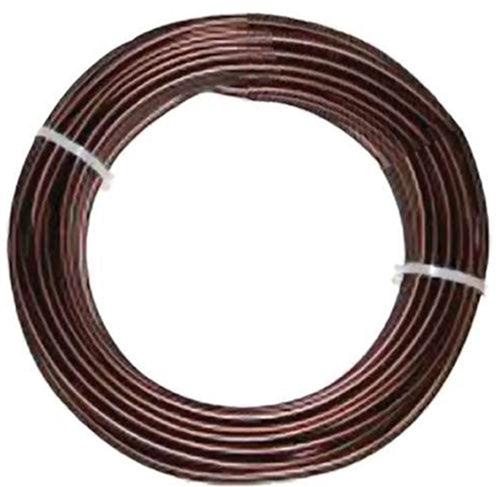It's good to have friends. Especially ones who think of you when they see something related to bonsai in a national newspaper. In this case the friend is Greg McNally, a fellow tree lover and the owner of the Northern Vermont land where I dig most of my larches
The link Greg sent me is from The Washington Post and though it has little do with larches or other trees it does have something to do with bonsai. Or at least an art that is intimately related to bonsai
But rather than me going on about it, we'll let Adrian Higgins, the author of the article tell the story (well, just the first few paragraphs)...

Here's Adrian's caption... "Although bonsai trees can appear immutable, kusamono compositions mark the seasons, here the arrival of the early spring blooms of the epimedium hybrid Niveum." Like this caption the ones below are also by Adrian Higgins. (photo by Young Choe)
One reason for this is that although bonsai is a popular and commercialized hobby, there are just a handful of kusamono virtuosos in the United States, none more accomplished than Young Choe, a Korean American horticulturist from Ellicott City.

"Horticulturist Young Choe brings an American flair to the Japanese artform of kusamono. This composition includes the wildflower Indian pink, sedge and the perennial Culver’s root." (Photo by Young Choe)

"Most of the subjects are grasses and perennials, but Choe sometimes uses shrubby material. This wild rose was raised from seed and took six years to bloom." (Photo by Young Choe)
"Her creations — unexpected, essential and surprisingly haunting — take common plants and elevate them as living subjects of delight and desire. A pennisetum grass you might barely notice in the office park becomes kinetic sculpture; common cranesbill is transformed into a grove of flowers; and the trillium of the woodland floor is placed on Choe’s pedestal. 'I love to show people how beautiful they are,' she said."
For the rest of the article visit The Washington Post.

